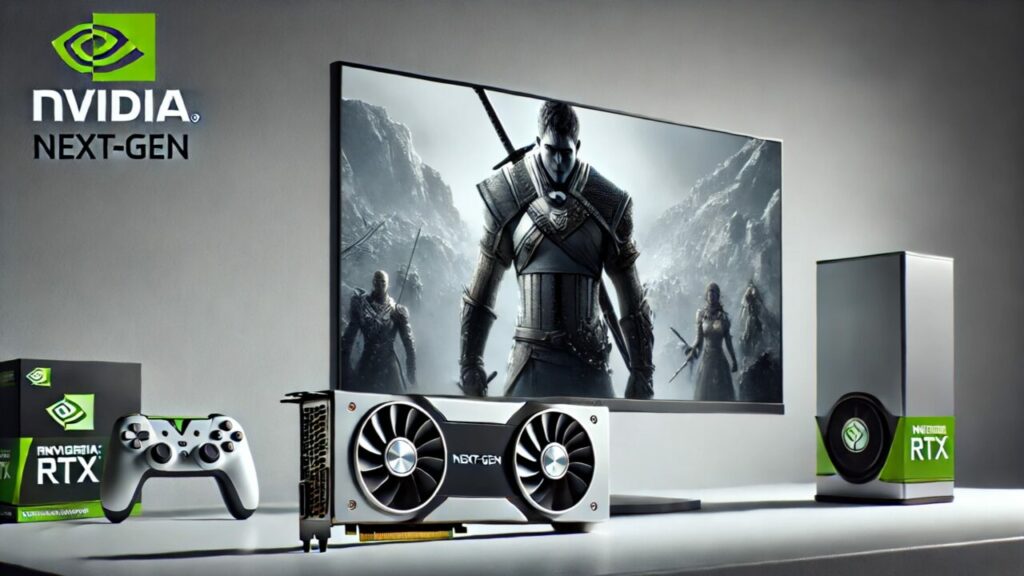NVIDIA has made striking statements about the future of its Deep Learning Super Sampling (DLSS) technology. NVIDIA CEO Jensen Huang mentioned in a speech that DLSS technology could, in the future, use artificial intelligence to create in-game textures, characters, and objects. What does this mean?
NVIDIA DLSS brings an AI touch to the gaming world
Currently, DLSS enhances game performance and frame rates using tensor cores on RTX GPUs. However, with the next generation of DLSS, things are getting much more exciting. Huang explained that in the future, DLSS could create textures and objects independently, just as it currently scales frames, using AI to generate in-game assets entirely. This means a significant leap in both game performance and graphics quality.

NVIDIA is also working on a new texture compression technology. This technology uses trained AI neural networks to enhance in-game texture quality while keeping video memory (VRAM) demands at current levels. Traditional texture compression methods are limited to an 8x compression ratio, while NVIDIA’s new technology can achieve a 16x ratio. This means games will look better and perform without sacrificing performance.
With DLSS 3, NVIDIA increased performance by adding additional frames between original ones. However, the new DLSS goes a step further and creates in-game assets from scratch. After learning where assets should be located and which ones need to be rendered in the game world, DLSS will generate these assets entirely on its own. Imagine playing a game where everything you see is instantly created by AI.
Huang also stated that DLSS could generate NPCs (non-player characters). For example, if a game has six characters, two could be real characters while the other four are entirely AI-generated. NVIDIA’s ACE (Avatar Creation Engine) technology will also come into play, giving NPCs unique dialogues and responses, making them more realistic. This means games will experience a revolution not only visually but also in terms of interaction.
NVIDIA foresees that future PC games will be rendered entirely by AI. Traditional 3D graphics rendering methods will give way to AI-based methods. Currently, creating specific in-game assets with AI is seen as the first steps toward this envisioned future by NVIDIA.
So, incredible innovations are waiting for us in the gaming world. What do you think about these developments? Don’t forget to share your thoughts in the comments below!














